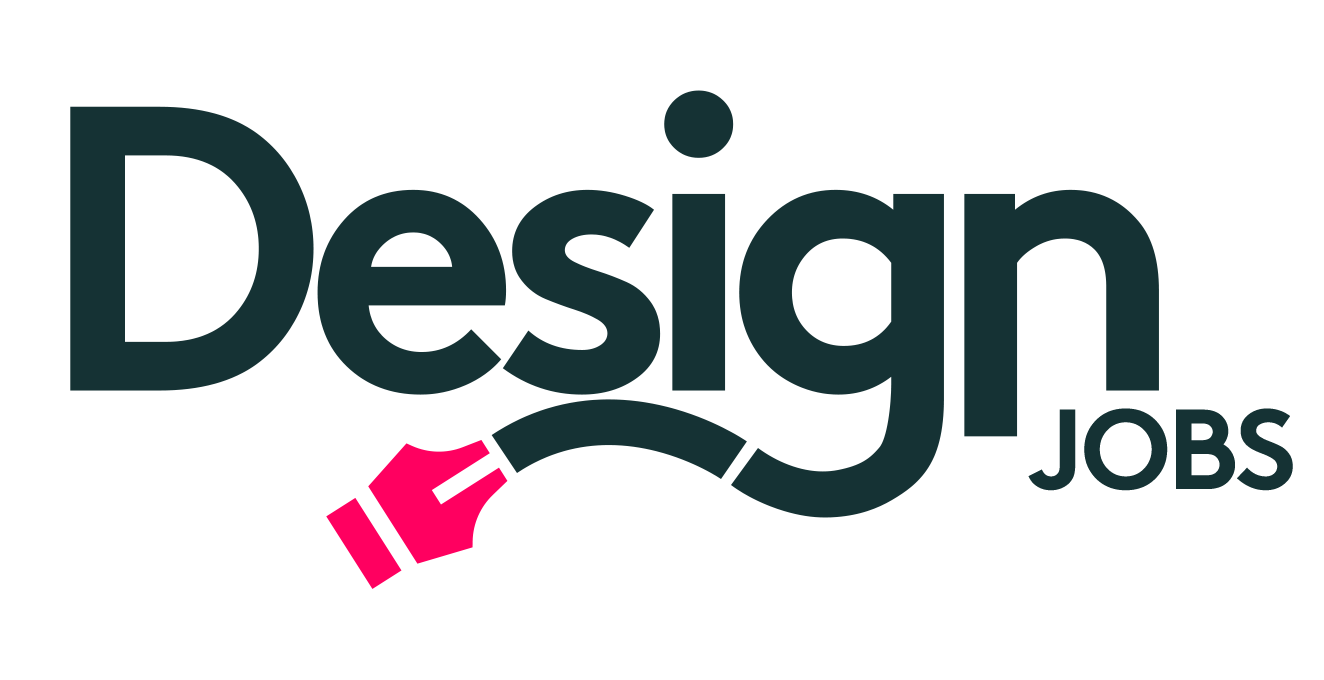Designing from Anywhere: A Guide to Remote Design Jobs
In the ever-evolving world of design, one trend has become increasingly clear: remote work is not just the future, it’s the present. As we navigate this digital age, the traditional office is being replaced by global workspaces, flexible schedules, and the freedom to work from anywhere. This shift presents unique opportunities and challenges, especially for designers. Let’s delve into the specifics of remote design jobs, exploring how to find them, secure them, and truly excel in them.
The Remote Revolution
The remote work revolution has changed the game for designers. It’s not just about working from home in your pyjamas (though that’s a nice perk). It’s about a fundamental shift in how we approach work. Remote work has broken down geographical barriers, allowing us to collaborate with people from all over the world. It’s like having a virtual passport to a global workspace.
The Spectrum of Remote Design Jobs: Finding Your Niche
Alright, let’s get into the specifics. The world of remote design is as diverse as it is dynamic. Here are a few roles that have particularly embraced the remote work model:
UI/UX Designers: These digital architects are in high demand in the remote world. As businesses strive to improve their online presence, the need for designers who can create intuitive and engaging digital experiences is skyrocketing.
Graphic Designers: From social media graphics to digital ads, the need for visually compelling content is ever-present. Graphic designers who can adapt to various brand aesthetics and communicate effectively through visuals are finding plenty of opportunities in the remote job market.
Product Designers: With tech companies leading the charge in remote work, product designers are finding an abundance of remote opportunities. These roles often require a deep understanding of user behaviour and the ability to collaborate with cross-functional teams.
Finding Remote Jobs
Now, how do you find these jobs? Well, the internet is your oyster. Of course you have amazing job boards like DesignJobs.com.au but it pays to cast an even wider net. Here are a few less conventional but effective strategies:
Social Media: Platforms like LinkedIn and Twitter have become hotspots for job opportunities. Follow companies you’re interested in and engage with their content. You’d be surprised how many job openings are announced on social media before they make it to job boards.
Design Communities: Online communities like Behance, Dribbble, or even Reddit can be gold mines for job opportunities. They’re also great places to network with other designers and stay updated on industry trends.
Cold Outreach: Don’t be afraid to reach out to companies you’re interested in, even if they don’t have any job openings listed. Send them a thoughtful message expressing your interest and showcasing your portfolio. It’s a bold move, but it can sometimes open doors that you didn’t even know existed.
Securing Your Dream Remote Design Job: The Inside Scoop
Now, let’s talk about securing that dream job. Here’s where we go beyond the generic “tailor your resume” advice.
Show, Don’t Tell
In the design world, your work speaks louder than words. Instead of just listing your skills and experiences, provide examples of your work that demonstrate them. If you’re applying for a UX design job, for example, walk them through a project where you improved a product’s user experience.
Understand Their Needs
Every company has unique needs and challenges. Do your research and understand what these are for the company you’re applying to. Then, show them how you can help address these needs with your skills and experiences.
Show Your Remote Readiness
Companies want to know that you can thrive in a remote environment. Highlight any previous remote work experience you have. If you don’t have any, focus on skills that are crucial for remote work, like communication, self-discipline, and adaptability.
Ace the Virtual Interview
Virtual interviews can be tricky. Make sure you have a quiet, professional-looking background and a stable internet connection. Practice looking at the camera, not the screen, to maintain “eye contact”. And remember, it’s not just about answering their questions – it’s also your chance to ask about the company’s remote work culture, expectations, and support for remote employees.
The remote design job landscape is a thrilling one, filled with opportunities and challenges. It’s not just about adapting to a new way of working, but about embracing a new way of living. It’s about finding your rhythm in the ebb and flow of remote work, and discovering new ways to collaborate, create, and connect in a virtual world. So, buckle up and enjoy the ride. The future is remote, and it’s looking bright!
Remember, the key to securing a remote design job is to showcase not just your design skills, but also your ability to thrive in a remote work environment. Show them that you’re not just a great designer, but also a great remote worker.
The Unique Challenges of Remote Design Work
But let’s not sugarcoat it – remote design work comes with its own set of challenges. For one, communication isn’t as straightforward as when you’re in an office. You can’t just lean over to your colleague’s desk to discuss a design concept or get instant feedback. Everything is done over email, chat, or video calls, which requires a new level of clarity and precision in communication.
Then there’s the challenge of staying motivated and productive. When you’re working from home, distractions are plentiful and the line between work and personal life can get blurry. It’s easy to either overwork or slack off, and finding the right balance is crucial.
Mastering the Art of Remote Collaboration
One of the key aspects of remote design work is collaboration. You might be working with a team scattered across different time zones. This requires a new level of flexibility and understanding. It’s not just about scheduling meetings at a time that works for everyone. It’s about respecting each other’s time and being mindful of the challenges that come with working from different parts of the world.
The Power of Self-Discipline and Time Management
In a remote design job, you’re largely on your own. There’s no boss looking over your shoulder or colleagues to keep you accountable. This freedom is liberating, but it also requires a high level of self-discipline and time management. It’s up to you to set your schedule, prioritise your tasks, and meet your deadlines.
Staying Connected in a Virtual World
One of the biggest challenges of remote work is the potential for isolation. As a designer, you thrive on creativity and inspiration, which often comes from interacting with others. So, it’s important to find ways to stay connected, whether it’s participating in virtual design communities, attending online workshops, or simply catching up with your colleagues over a virtual coffee.
The Future is Remote
The remote design job landscape is a thrilling one, filled with opportunities and challenges. It’s not just about adapting to a new way of working, but about embracing a new way of living. It’s about finding your rhythm in the ebb and flow of remote work, and discovering new ways to collaborate, create, and connect in a virtual world. So, buckle up and enjoy the ride. The future is remote, and it’s looking bright!
Cover Photo by Tima Miroshnichenko:


